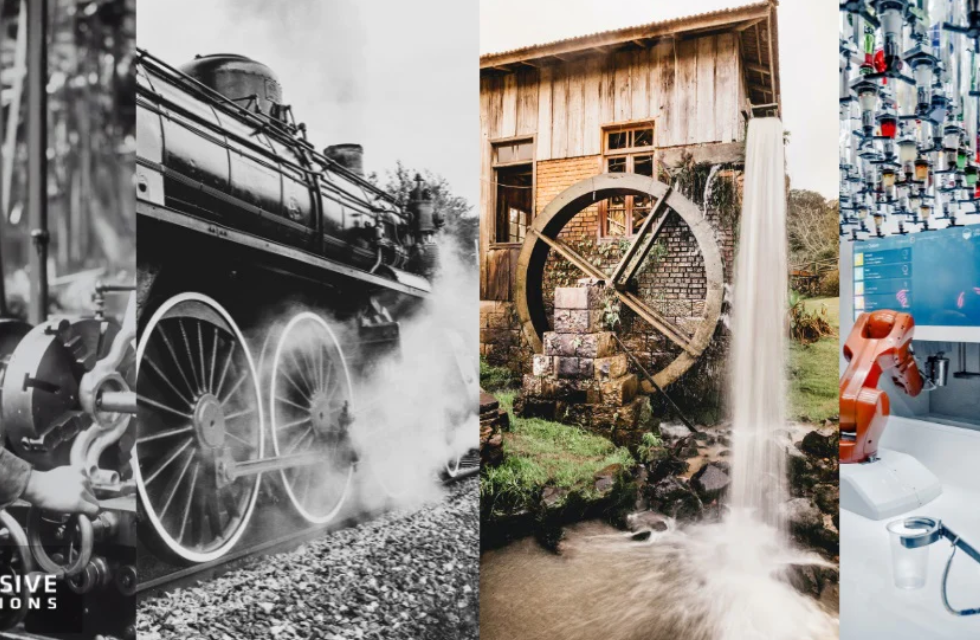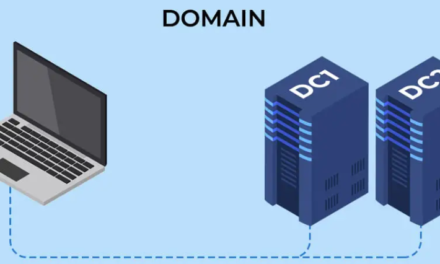In the not-so-distant past, the word “robot” might have conjured images of metallic arms assembling cars in large factories. However, the evolution of robotics has taken a fascinating turn, transcending its industrial roots to become an integral part of our everyday lives. In this blog, we will delve into the remarkable journey of robotics, exploring how it has evolved from being confined to the realm of industrial automation to permeating various facets of our daily existence.
Industrial Automation: The Genesis of Robotics
The inception of robotics can be traced back to the mid-20th century when industrial automation sought to enhance efficiency and productivity in manufacturing processes. Robotic arms, programmed to perform repetitive tasks with precision, revolutionized industries by streamlining production lines. From automotive assembly plants to electronics manufacturing, robots became synonymous with speed and accuracy, forever changing the landscape of industrial production.
The Rise of Collaborative Robots (Cobots)
As technology advanced, so did the capabilities of robots. The emergence of collaborative robots, or cobots, marked a significant shift in the robotics paradigm. Unlike their predecessors, cobots were designed to work alongside humans, augmenting human capabilities rather than replacing them. This collaborative approach opened doors to safer and more flexible work environments, where humans and robots coexist harmoniously.
Robots in Healthcare: A Helping Hand in Wellness
In recent years, robotics has found a meaningful application in the field of healthcare. Surgical robots, for instance, allow for minimally invasive procedures with unparalleled precision. Telepresence robots enable doctors to remotely diagnose and treat patients, breaking down geographical barriers and improving healthcare accessibility. The integration of robotics in healthcare is not just a technological feat but a testament to its potential to save lives.
Smart Homes and Personal Assistants: Robotics in Everyday Life
The evolution of robotics is now palpable in our homes. Smart homes are increasingly incorporating robotic devices to enhance convenience and security. From robotic vacuum cleaners diligently navigating living spaces to personal assistants like robotic arms aiding in daily tasks, our homes are becoming hubs of robotic integration. The once futuristic concept of having a robot to assist with household chores is now a reality, simplifying our lives in unprecedented ways.
Artificial Intelligence: The Brainpower Behind Robotics
Central to the evolution of robotics is the infusion of artificial intelligence (AI). Machine learning algorithms empower robots to adapt, learn, and make decisions based on real-time data. This cognitive ability not only enhances efficiency but also opens avenues for robots to take on more complex tasks, fostering a new era of intelligent automation.
Conclusion:
The evolution of robotics from industrial automation to everyday life is a testament to human ingenuity and the relentless pursuit of technological advancement. As we witness robots seamlessly integrating into various aspects of our lives, it is clear that the future holds even more transformative possibilities. Robotics, once confined to the factory floor, has become an indispensable companion in our journey towards a more automated and interconnected world.
About the Author: Pritish Kumar Halder
Pritish Kumar Halder is a technology enthusiast with a passion for exploring the intersection of artificial intelligence, robotics, and everyday life. With a background in engineering and a keen interest in emerging technologies, Pritish Kumar Halder aims to bridge the gap between complex technological concepts and everyday understanding.











